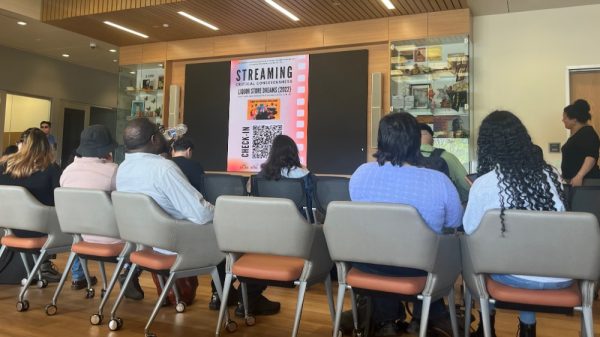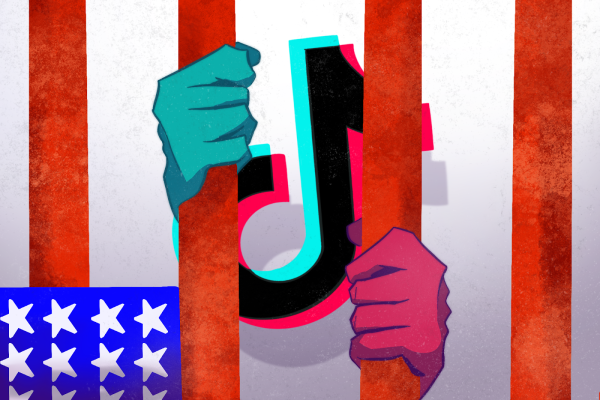Men Drop Out In Large Numbers
The college male drop out rate continues to grow

Image by Michael Kellen in the Wikimedia Commons.
Men all over the country are turning away from higher education at increasing rates, underscoring a downward trend that began in the ‘70s.
According to the National Student Clearinghouse, a nonprofit that tracks data pertaining to higher education, the spring semester of 2021 saw 400,000 fewer men enrolled than the previous year. The number of enrolled women, in comparison, dropped 203,000 students. Overall, men constituted 40.5% of the national student body while women made up 59.5%.
The modern gender disparity illustrates a sharp contrast to decades prior to the ‘70s. According to a paper published by the Journal of Economic Perspectives, the divide peaked in the opposite direction in 1947 revealing that for every woman there were 2.3 men in the student body.
Although Clearinghouse’s data did not enumerate the gap between men and women in the state, it found that California led the nation in decreased enrollment rates totaling 122,752 students. The Los Angeles Times reported that the majority of the decline originated from community colleges with 65% of the spring semester’s enrollment decrease found in community colleges nationwide.
While the cause of the present imbalance is not clear, a report by Douglas Belkin of the Wall Street Journal points towards inclusivity policies inadvertently isolating men. “Young men get little help, in part, because schools are focused on helping historically underrepresented students,” wrote Belkin.
An article by the New York Times suggests men of lower income may not see higher education as a viable life path. According to the article, young adults make different life choices with an increasing college gender gap which sees a sharp increase in women pursuing higher education than men. While the main reason still mystifies experts, a common theme preventing undergraduate men from completing their degree is due to a gap in graduation rates.
Another article by USA Today suggests that the issue surrounding men dropping out of college begins at a young age where boys are more likely to be held back, drop out or have trouble learning to read. The article further suggests that the issue does not surround men at all, rather, women being forced to attend college to be able to access opportunities men already have.
Although the roots of the issue remain enigmatic, certain facets of the matter are clear. The New York Times’s report found that all men regardless of wealth class, location and race are affected by the gender gap. The report also found that the coronavirus pandemic has also contributed to the drop of more men than women in college.
The growing number of men dropping out of college could yield a myriad of repercussions. Thomas Brock, director of the Community College Research Center, told the Los Angeles Times that community colleges nationwide could lose funding if enrollment rates continue to plunge which would lead to less classes, support services and other cutbacks.
An expansion of men without college education would foster augmentation in the Republican Party’s voter base. A survey conducted by the Pew Research Center found that men lacking higher levels of schooling are more likely to identify with the Republican party. The growing demographic could potentially kindle political ramifications on a local, state and national level.
The data provided by Clearinghouse suggests the gender imbalance will not sort itself out organically and will continue widening if left unchecked.
This issue has been brewing for nearly half a century and despite scrutiny from government agencies, specialists and researchers, no conclusive explanation has been presented. The differing theories amongst experts indicates that the gender gap is a problem too complex to be neatly resolved by one solution and may necessitate sweeping policies aimed at keeping men in school.












